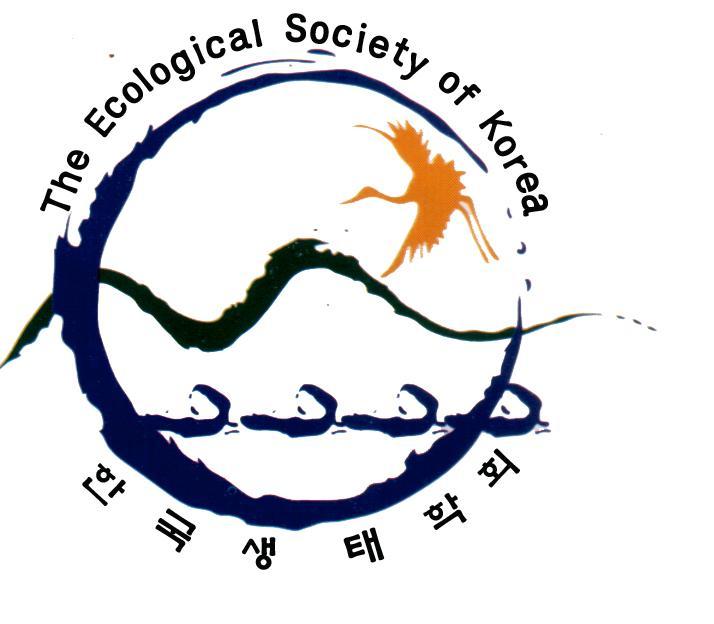- KOREAN
- P-ISSN2287-8327
- E-ISSN2288-1220
- SCOPUS, KCI
 ISSN : 2287-8327
ISSN : 2287-8327
Article Contents
- 2024 (Vol.48)
- 2023 (Vol.47)
- 2022 (Vol.46)
- 2021 (Vol.45)
- 2020 (Vol.44)
- 2019 (Vol.43)
- 2018 (Vol.42)
- 2017 (Vol.41)
- 2016 (Vol.39)
- 2015 (Vol.38)
- 2014 (Vol.37)
- 2013 (Vol.36)
- 2012 (Vol.35)
- 2011 (Vol.34)
- 2010 (Vol.33)
- 2009 (Vol.32)
- 2008 (Vol.31)
- 2007 (Vol.30)
- 2006 (Vol.29)
- 2005 (Vol.28)
- 2004 (Vol.27)
- 2003 (Vol.26)
- 2002 (Vol.25)
- 2001 (Vol.24)
Taxonomic Status of Endemic Plants in Korea
Abstract
Disagreement among the various publications providing lists of Korean endemic plants makes confusion inevitable. We summarized the six previous reports providing comprehensive lists of endemic plants in Korea: 407 taxa in Lee (1982), 570 taxa in Paik (1994), 759 taxa in Kim (2004), 328 taxa in Korea National Arboretum (2005), 515 taxa in the Ministry of Environment (2005) and 289 taxa in Flora of Korea Editorial Committee (2007). The total number of endemic plants described in the previous reports was 970 taxa, including 89 families, 302 genera, 496 species, 3 subspecies, 218 varieties, and 253 formae. Endemic plants listed four times or more were collected to compare the data in terms of scientific names and synonyms (339 taxa in 59 families and 155 genera). If the varieties and formae were excluded, the resulting number of endemic plants was 252 taxa for the 339 purported taxa analyzed. Seven of the 155 genera analyzed were Korean endemic genera. Among the 339 taxa, the same scientific names were used in the original publications for 256 taxa (76%), while different scientific names were used for 83 taxa (24%). The four largest families were Compositae (42 taxa, 12.4%), Ranunculaceae (19 taxa, 5.6%), Rosaceae (19 taxa, 5.6%), and Scrophulariaceae (19 taxa, 5.6%). Saussurea (Compositae) had the highest number of taxa within one genus (17 taxa; 5% of total endemic taxa).
- keywords
- endemic plant, Korean endemic genus, Korean endemic plant, taxonomic composition, endemic plant, Korean endemic genus, Korean endemic plant, taxonomic composition
Reference
Chung YH. 1986. The Story of Korean Botany Taxonomy. Academy Books. Seoul. pp 75-76. (in Korean)
Kim MY. 2004. Korean Endemic Plants. Solkwahak. Seoul. (in Korean)
Korea National Arboretum. 2005. Endemic Vascular Plants in the Korean Peninsula. Pochun. (in Korean)
Kim TW, Chun SH. 1991. A comprehensive reexamination of endemic woody plants, Korea. Seoul Natl Univ Col Agr Res 16(2): 1-37. (in Korean with English abstract)
Lee TB. 1982. Endemic plants and their distribution in Korea. J Natl Acad Sci Vol 11.
Lee TB. 1999. Illustrated Flora of Korea. Hyangmunsa. Seoul. (in Korean)
McNeely JA, Mille KR, Reid WV, Mittermeier RA, Werner TB. 1990. Conserving the World’s Biological Diversity. 1990 IUCN, Gland, Switzerland. p 190.
Ministry of Environment. 2005. Endemic Species of Korea.
Nakai T. 1952. A synoptical sketch of Korean flora. Bull Natl Sci Mus Tokyo 31: 1-152.
Flora of Korea Editorial Committee. 2007. The Genera of Vascular Plants of Korea. Academy Publishing Co. Seoul.
Paik WK. 1994. Substance of the Korean endemic plants and investigation of their distribution. Bull Kor Assoc Conser Nat 13: 5-84. (in Korean with English abstract)
Paik WK. 1999. The status of endemic plants in Korea and our tasks in the 21st century. Kor J Plant Tax 29(3): 263-274. (in Korean with English abstract)
Paik WK, Heo K. 2002. The status and conservation of endemic plants in Korea. Agriculture and Life Sciences Research Institute of Gangwon National University. Symposium Proceedings. Mt. Jangpaik: A Treasure House of Biomass. pp 5-22. (in Korean)
- Downloaded
- Viewed
- 0KCI Citations
- 0WOS Citations

